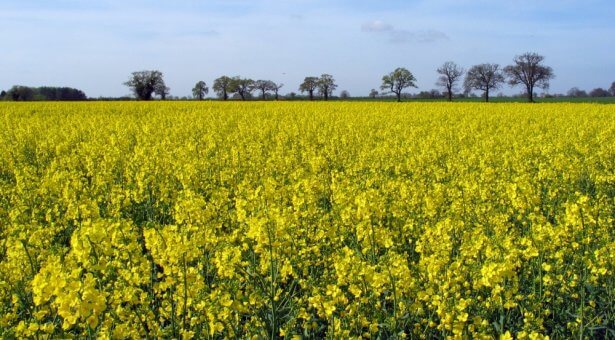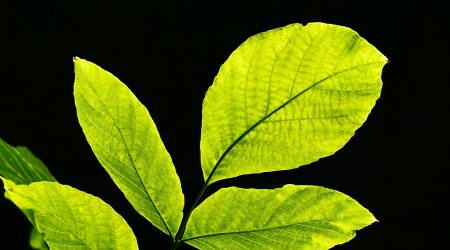Made to ORDER – a web innovation for Brassica research world-wide

Researchers have launched a new web-based genomic tool for the global Brassica research community.
The ORDER (Oilseed Rape Developmental Expression Resource) browser uses transcriptome time series data and allows users to search for genes of interest and plot how these genes are expressed through a plant’s development.
This can reveal new relationships between genes and improve our understanding of regulatory networks, including those which impact upon yield.
Developed by the John Innes Centre, the new gene expression visualisation tool for oilseed rape will help scientists mine and visualise time-course data to help understand the genetic regulation of developmental transitions, such as the switch from vegetative to reproductive growth (the floral transition).
The timing of when crops flower has been shown to be a key determinant of yield, so unravelling the genetic control of this developmental transition is of key agronomic importance.
Professor Richard Morris, corresponding author on the paper which outlines the technology said: “This is an important community resource which strengthens the John Innes Centre’s role as a hub for Brassica research globally.”
“The analysis and visualisation tools allow for an intuitive and accessible way for the Brassica community to explore these rich, gene expression dynamics data sets. Other data sets can be readily uploaded and analysed using the same software.”
PhD student Marc Jones designed and wrote the software, AionPlot, which is made freely available, with help from Tjelvar Olsson in the John Innes Centre Informatics Team. The software was then developed into a user friendly webtool, ORDER, which presents and analyses gene expression dynamics.
Development of the software built on previous work, in which the researchers produced comprehensive oilseed rape transcriptome time series during the floral transition. ORDER enables analysis of this data, allowing new insights into the control of flowering behaviour in oilseed rape, which until now has been a challenge due to the complex genome and extensive nature of the datasets.
Genome duplications in the Brassicas have resulted in several near-identical genes in oilseed rape compared with the model plant Arabidopsis. It is often assumed that these have similar function but what has been found using ORDER is that they can exhibit quite different dynamical behaviour.
This new resource comprises both datasets and software which allow researchers to explore the dynamical behaviour of all expressed genes throughout development. Currently the time-course data within the database extends to both leaf and apex tissue for spring and winter oilseed rape across a number of timepoints, giving unprecedented insights into the dynamics of gene expression in oilseed rape (Brassica napus) throughout development.
It is hoped that this will enable genes and regulatory networks to be identified that govern the floral transition in Brassicas.
Dr Rachel Wells, co-author of the paper said: “This will help us understand the differences in the networks controlling flowering not only in spring and winter oilseed rape, but differences with other Brassicas such as Chinese oilseed rape and winter kale. Such information is key for adapting crops to different climates.”
The platform provides an excellent framework for adding further data including additional varieties, tissue types and timepoints to allow comparisons between varieties with different life history strategies at a higher resolution.
The authors have collected several additional datasets to upload to the platform and hope that others will also contribute to maximise the impact of this resource. They hope that this resource will become a go-to point for the community which will strengthen the John Innes Centre’s role as a hub for Brassica research and enable researchers from different fields to share similar time series data.
The study, ‘The oilseed rape developmental expression resource: a resource for the investigation of gene expression dynamics during the floral transition in oilseed rape‘ appears in BMC Plant Biology.



